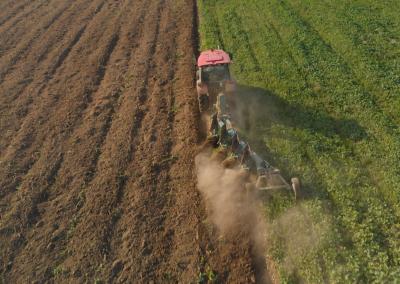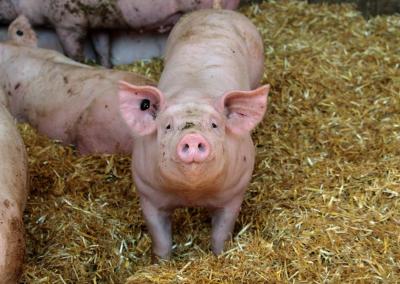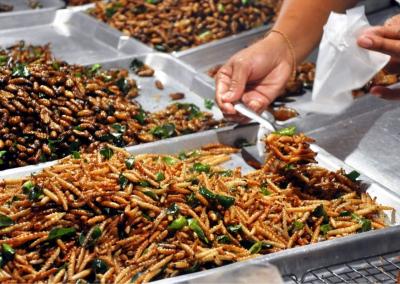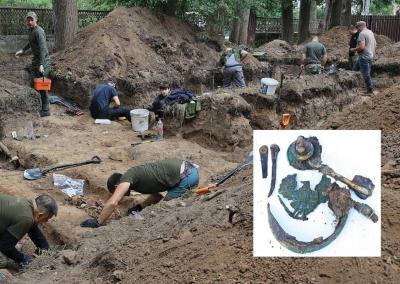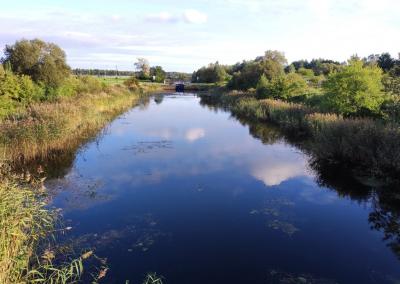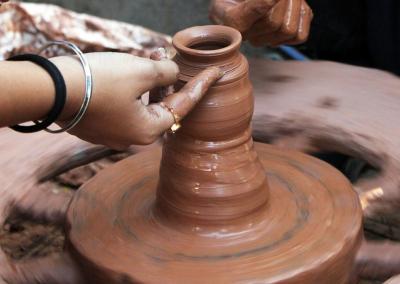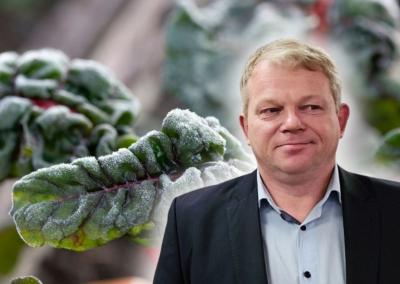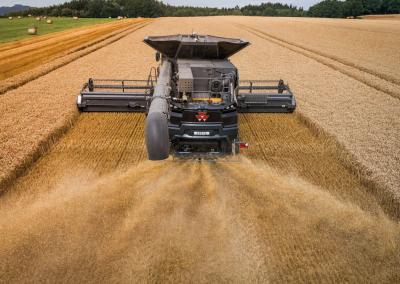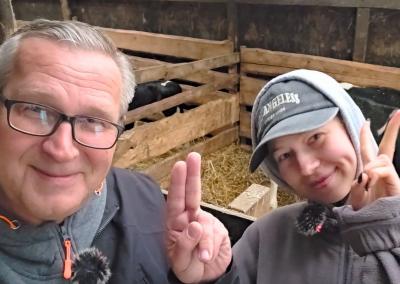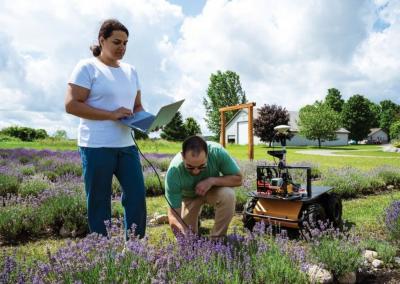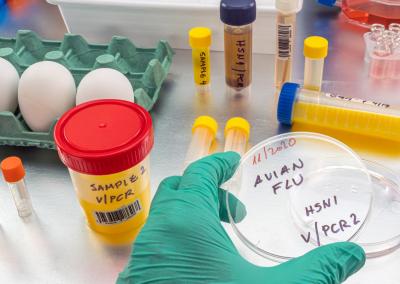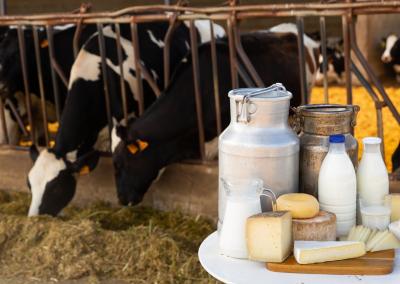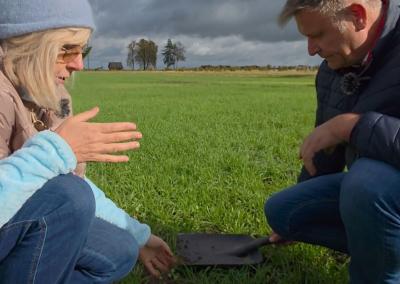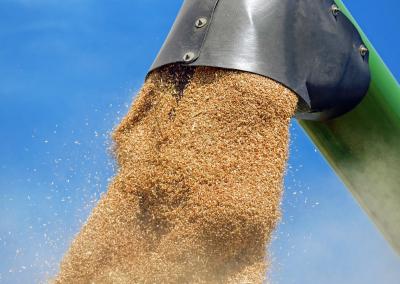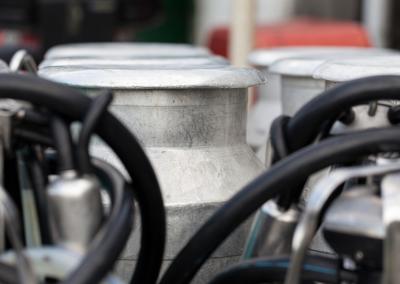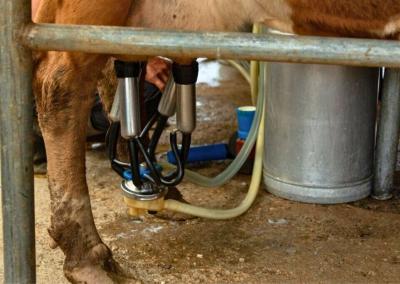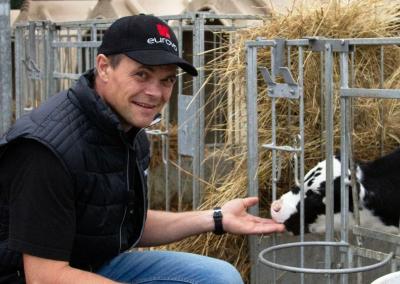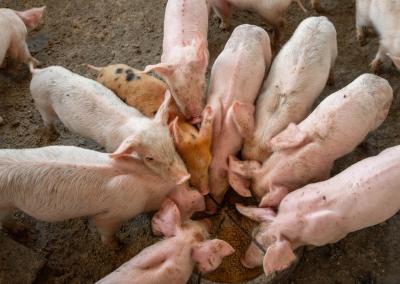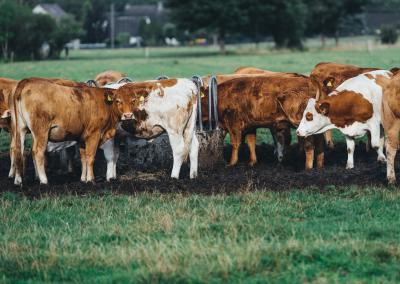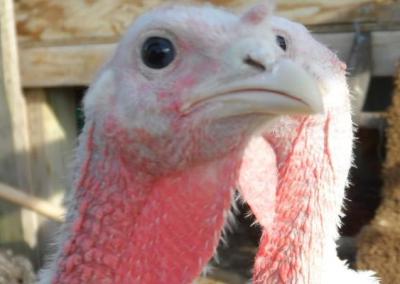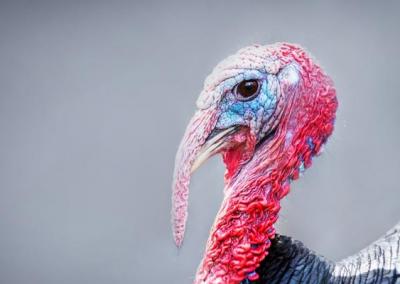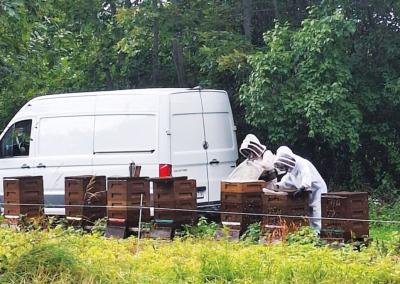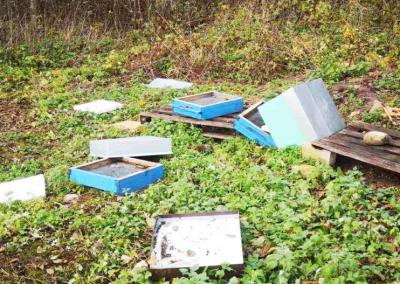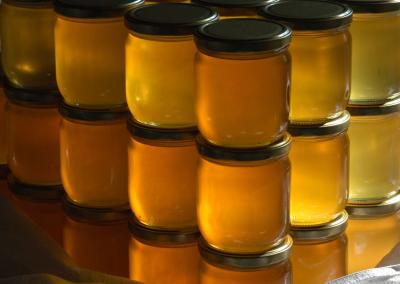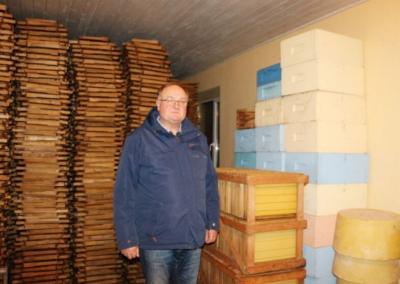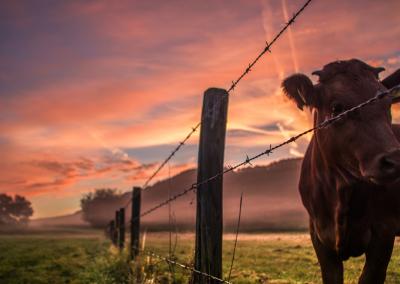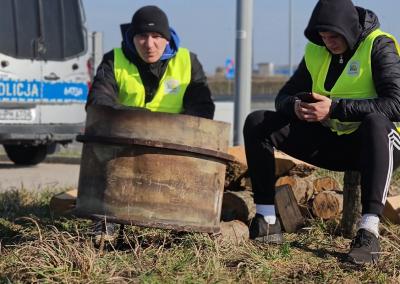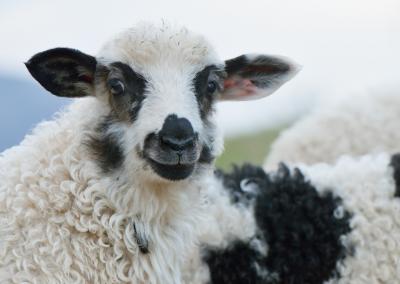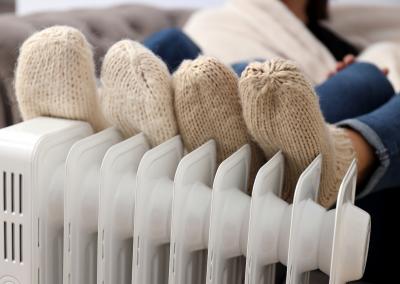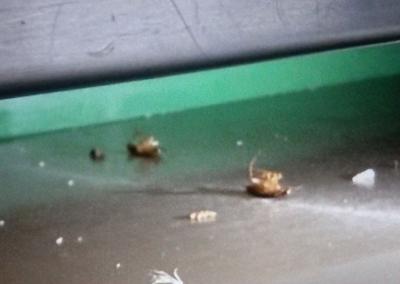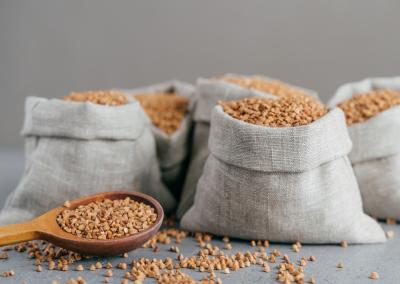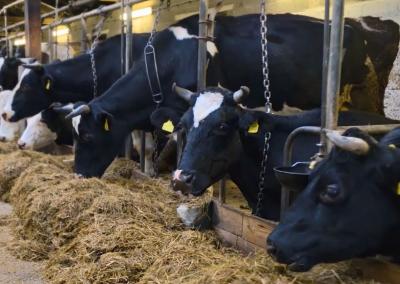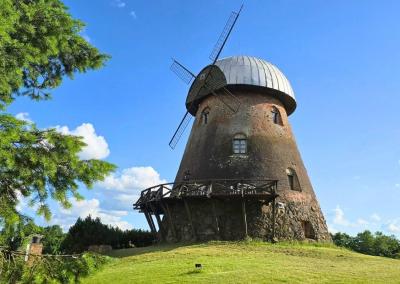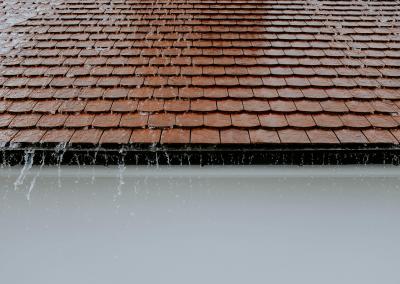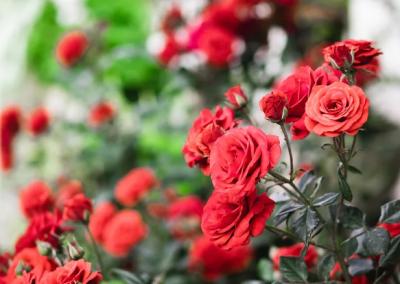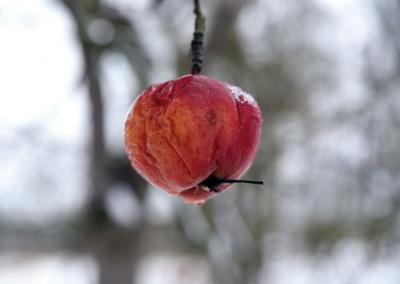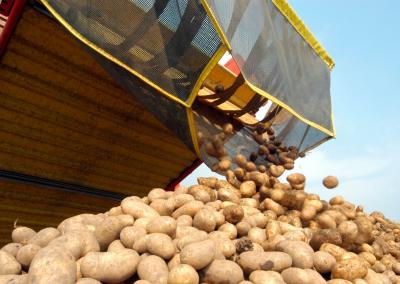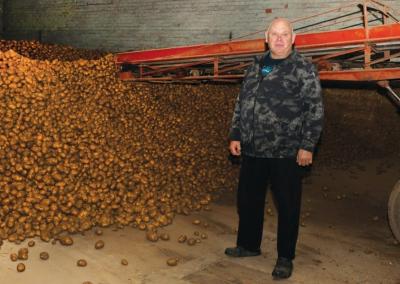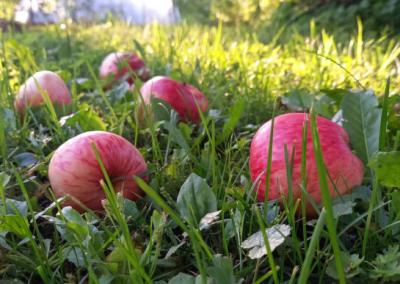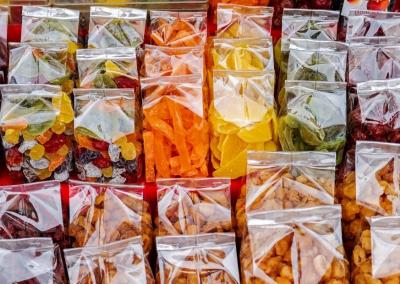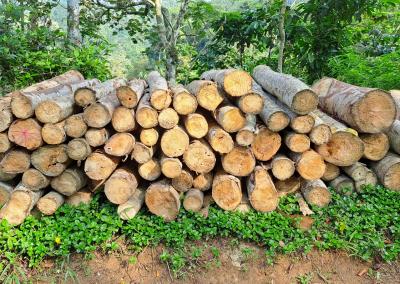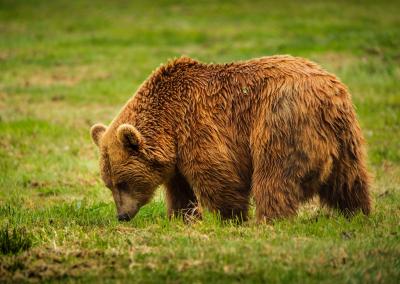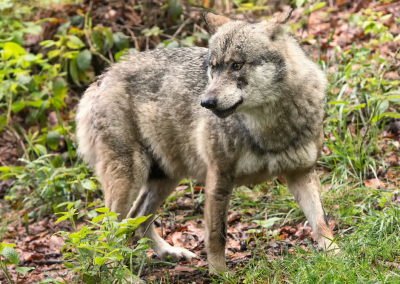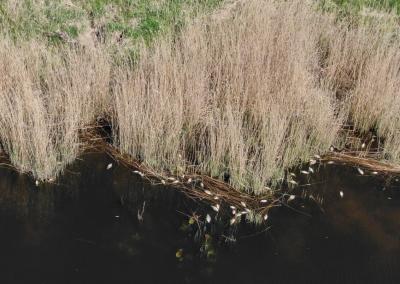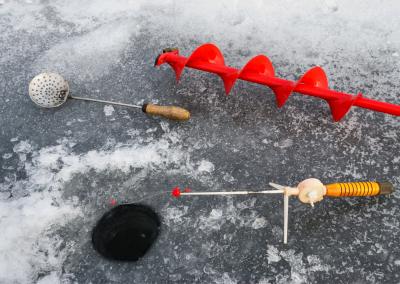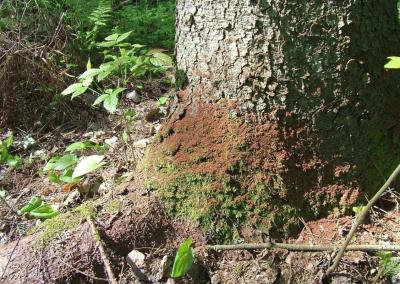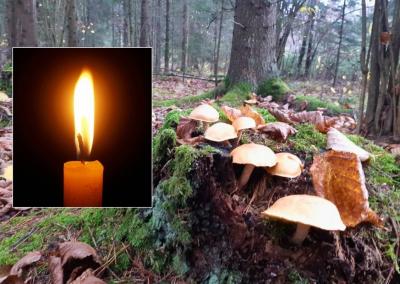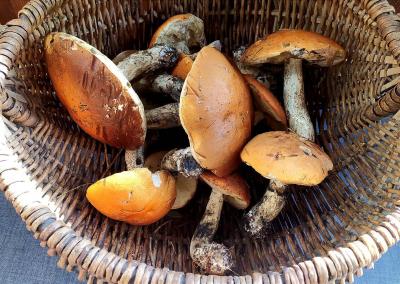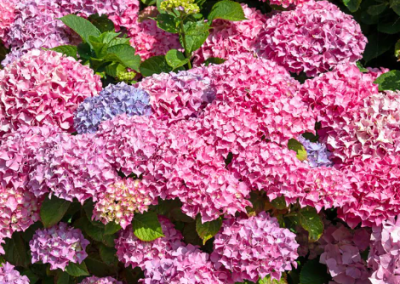Fertilising lavender: instead of throwing them away, bury them under the lavender
Levandins have a heady scent that protects us from mosquitoes and ticks. But these are not the only uses for lavender. Lavender oil has a calming effect and is therefore worth using at home. As a houseplant, lavender also has its uses. Today we'll give you tips on how to fertilise lavender to keep it beautiful, pretty and blooming all season long.
Lavender cultivation has many benefits not only for us, but also for animals. They attract beautiful butterflies and beneficial bees to our garden. You can also grow lavender on your balcony or windowsill. Here are our tips on how to fertilise them yourself.
How to grow lavender at home?
If you want to grow lavender at home, start by preparing a pot. It should be deep and large, as the plant has a fairly extensive root system. Place a drainage layer on the bottom to drain off excess water. This is important because the roots will rot if they are soaked. Use expanded clay or coarse gravel. The bottom of the pot should have plenty of holes to allow air to pass through. The soil for lavender should be fertile and slightly alkaline – the soil should be compacted after planting. What do I feed my lavender with after planting? Keep homemade lavender fertiliser in the fridge!
What to feed lavender with?
If you have already been tempted to use store-bought fertiliser, we advise you not to do so. You have everything you need for lavender to thrive in your fridge! You can make natural fertiliser from eggshells! They will provide the substrate with the calcium the plant needs. I'm sure you have leftover eggshells from breakfast. Take them, crush them and add them to the top layer of the soil. This will ensure that the nutrients are released gradually. The plant will be stronger and more resistant to pests and diseases. Home-made fertiliser will help lavender to flower properly.
Additional tip – how to encourage abundant flowering?
To encourage lavender to bloom throughout the season, it is important not only to fertilise properly, but also to periodically remove over-blooming flowers. This will not only improve the appearance of the plant but also encourage the formation of new flowers. Lavenders like sun, so try to keep them in a bright place – ideally in the south. Also, water sparingly: lavenders are sensitive to excess water, so the soil should dry out between waterings. Using natural fertilisers – eggshells or banana peels – will add minerals to the substrate, which will strengthen the plant and prolong its flowering period.
What can I use lavender grown in a pot for?
With proper fertilisation, you will be amazed at the growth of lavender. There are many uses for them. They can be used for cooking, cosmetics, aromatherapy or herbal treatments. The oil obtained from lavender can be used to combat stress and insomnia. It also helps treat respiratory infections. It is also a popular product used for massage and in the manufacture of homemade candles and cosmetics.


